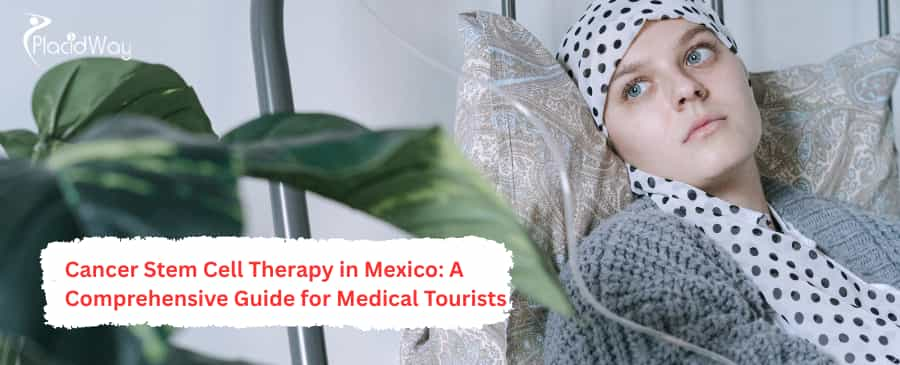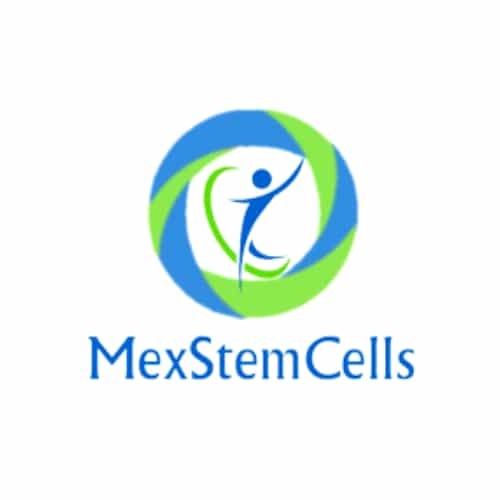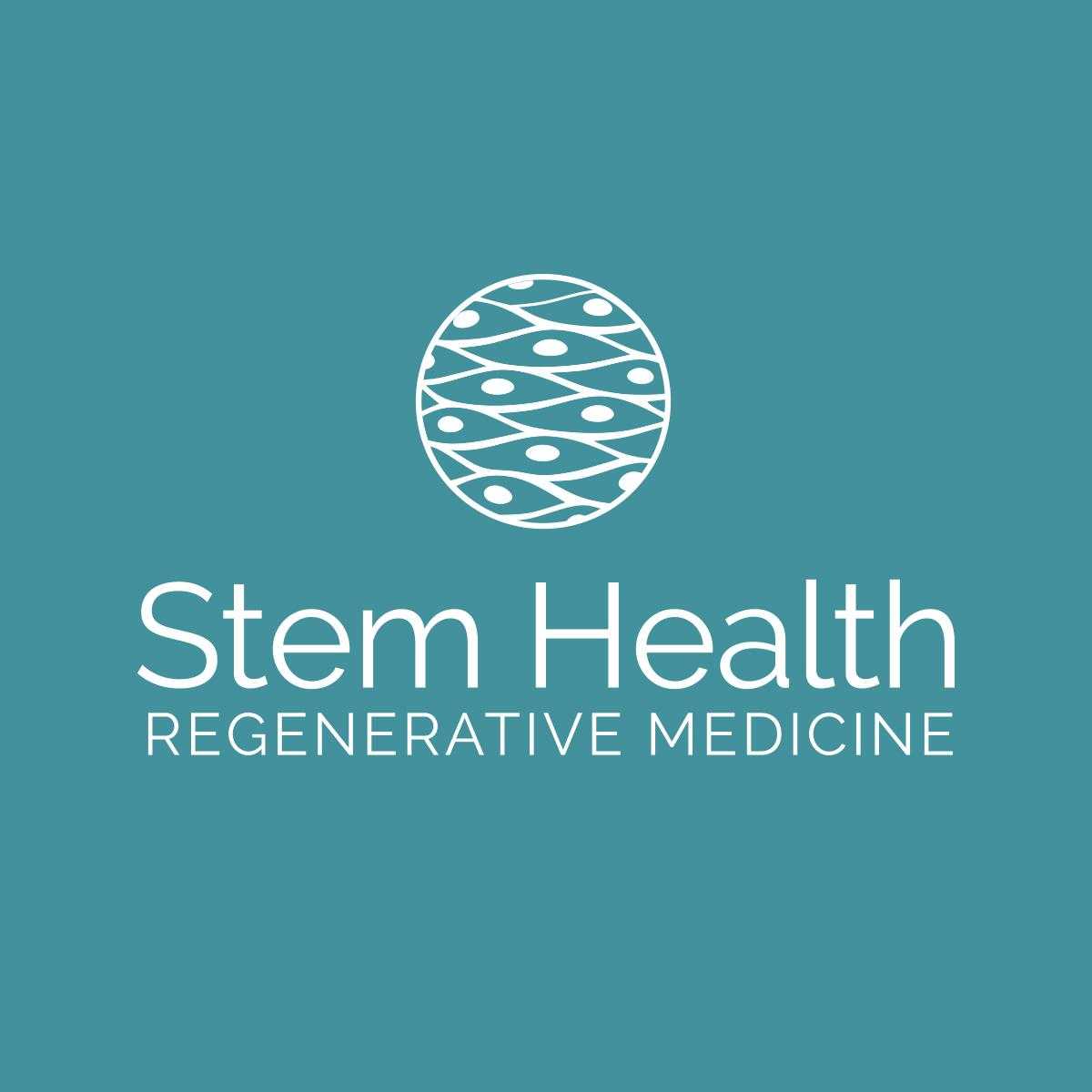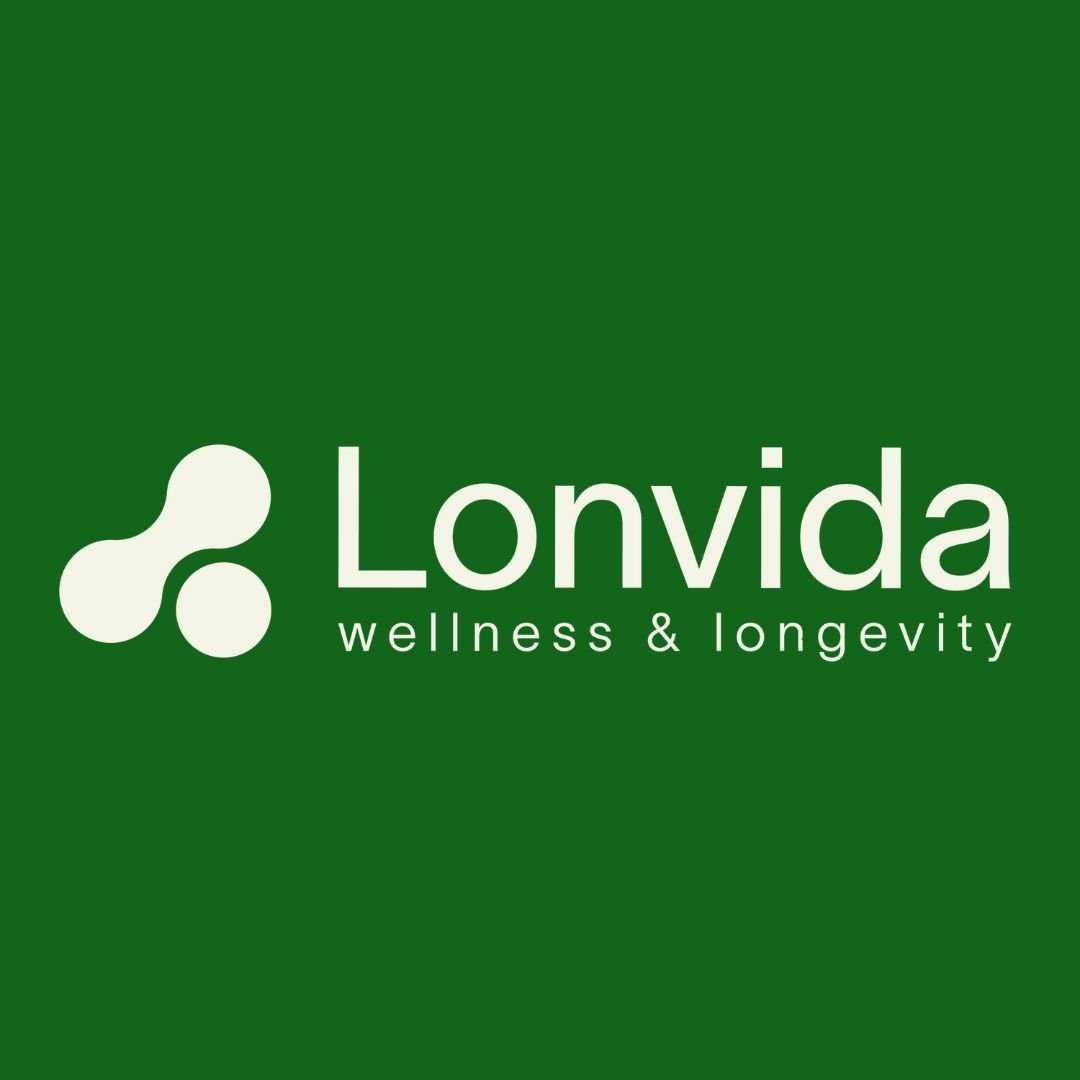
Cancer Stem Cell (CSC) Therapy represents one of the most exciting and innovative frontiers in oncology, moving beyond traditional methods to target the very root cause of tumor recurrence. For patients seeking advanced treatment options that are often more accessible and affordable than in the US or Canada, Mexico has emerged as a premier destination for regenerative medicine and specialized cancer protocols.
Key Takeaways
-
Patients seeking innovative cancer treatments often find that Mexico offers savings of 50% to 80% compared to US costs for systemic cellular therapies.
-
Cancer stem cell therapy focuses on neutralizing the highly resistant, self-renewing cells believed to cause tumor relapse and chemoresistance.
-
Leading clinics in locations like Tijuana, Cancun, and Puerto Vallarta utilize advanced protocols, including Mesenchymal Stem Cells (MSCs) and exosomes, to support immune modulation and tissue regeneration.
|
Destination |
Typical Systemic/Complex Treatment Cost Range (USD) |
Key Advantage |
|---|---|---|
|
Mexico |
$12,000 – $30,000 |
Affordability, Proximity to US, Advanced Allogeneic Protocols |
|
Turkey |
$10,000 – $25,000 |
Excellent Value, High Volume of Medical Tourists |
|
South Korea |
$15,000 – $35,000 |
Robust Regulatory Framework, Leader in Commercialized Cell Products |
What Are Cancer Stem Cells (CSCs) and Why Target Them? (H2)
Cancer Stem Cells (CSCs) are a small, highly aggressive subpopulation of cancer cells that possess the unique ability to self-renew and generate the entire cellular diversity of a tumor, making them the primary drivers of recurrence and resistance to conventional therapies.
Traditional cancer treatments like chemotherapy and radiation primarily target rapidly dividing cells, which make up the bulk of a tumor. However, they often fail to eliminate the small, elusive Cancer Stem Cell population. These resilient cells, sometimes called tumor-initiating cells, are often quiescent (dormant) and have sophisticated mechanisms to repair DNA damage and pump out toxins, including chemotherapy drugs.
Targeting these drug-resistant cells is crucial for achieving long-term remission. CSC-targeted therapies seek to sensitize these cells, induce their differentiation into less harmful cells, or directly inhibit their ability to self-renew. The goal is to dismantle the tumor's ability to regenerate itself from the core.
How CSC Therapy Differs from Traditional Oncology (H3)
Traditional oncology typically measures success by tumor size reduction (using scans like CT or PET). CSC therapy, conversely, is an adjuvant or alternative approach that focuses on systemic health and immune modulation, which may not always result in immediate, dramatic tumor shrinkage but aims for long-term disease stabilization and recurrence prevention.
-
Conventional Therapy: Focuses on debulking the tumor mass.
-
CSC Therapy: Focuses on modulating the immune system and neutralizing the specific cellular drivers of cancer maintenance.
Why Choose Mexico for Advanced Cancer Stem Cell Treatment? (H2)
Mexico is a globally recognized hub for regenerative medicine, offering highly regulated yet innovative cellular protocols—particularly those using allogeneic mesenchymal stem cells (MSCs)—that are not yet widely available in the United States or Western Europe.
Patients travel for cancer stem cell treatment in Mexico City and border cities like Tijuana due to a powerful combination of factors: accessibility, cost, and advanced protocols. The country’s favorable regulatory environment, supervised by COFEPRIS (Mexico’s equivalent of the FDA), allows clinics to rapidly deploy cutting-edge, high-viability cell protocols while still enforcing high safety standards, often meeting international guidelines such as GMP (Good Manufacturing Practice).
Accessibility and Convenience (H3)
For patients in the US and Canada, the geographical proximity of Mexico—especially clinics located just across the border in Tijuana or accessible via direct flights to Cancun, Mexico—significantly reduces the logistical and financial burden of medical travel.
-
Simplified Travel: Many clinics offer VIP border crossing services and direct airport transfers, streamlining the process for critically ill patients.
-
No Waiting Lists: Unlike the often lengthy processes for experimental treatments or clinical trials in Western countries, treatment can often be scheduled quickly.
Specialized Protocols and Cell Sourcing (H3)
Many Mexican regenerative clinics specialize in using high-quality allogeneic stem cells derived from ethically sourced umbilical cord tissue (UC-MSCs). These young, potent cells are utilized in systemic infusions to leverage their profound anti-inflammatory and immunomodulatory properties.
-
High Viability: Clinics often boast cell viability rates exceeding 95%, ensuring the patient receives the maximum therapeutic benefit from the cellular product.
-
Combined Therapies: Immunotherapy protocols are frequently combined with stem cell infusions to create a synergistic anti-cancer effect.
Fact and Figure: A study noted that approximately 1.4 million medical tourists visited Mexico in a single year, highlighting its stature as a reliable global healthcare provider.
The Patient Journey: Treatment Protocols in Mexico (H2)
The typical journey for cancer stem cell therapy in Mexico involves a multi-day protocol focused on comprehensive diagnostics, targeted cellular infusions, and supporting therapies designed to optimize the body’s healing environment.
The protocol begins long before the patient arrives. Comprehensive medical records, including previous oncology reports and blood work, are reviewed by a multidisciplinary team of oncologists, regenerative medicine specialists, and biologists to determine patient candidacy and tailor the treatment plan.
Step-by-Step Treatment Overview (H3)
-
Initial Consultation & Diagnostics:
-
Teleconsultation with a specialist to discuss the patient's specific cancer type and stage.
-
In-person blood tests, imaging (if required), and specialized circulating tumor cell (CTC) counts to assess the current disease burden and monitor CSC presence.
-
-
Cellular Preparation:
-
The clinic’s certified laboratory prepares the high-dose, Mesenchymal Stem Cell (MSC) infusion product, often supplemented with other regenerative products like Exosomes or Platelet-Rich Plasma (PRP).
-
-
Treatment Administration:
-
The patient typically receives the cellular therapy via Intravenous (IV) infusion over a period of 30 minutes to an hour. This systemic delivery allows the cells to travel to areas of inflammation and damage throughout the body.
-
Additional localized injections may be administered depending on the cancer type (e.g., intrathecal for neurological involvement).
-
-
Supporting Therapies:
-
Protocols in Puerto Vallarta and Tijuana clinics often include complementary treatments such as High-Dose Vitamin C IVs, ozone therapy, or specialized detoxification procedures to enhance the cellular environment and support the immune system.
-
Did You Know? Stem cells are believed to have a "homing" effect, meaning they naturally migrate toward sites of inflammation or tissue damage, making them ideally suited for systemic delivery in chronic or widespread diseases like cancer.
Candidacy, Risks, and Safety Considerations (H2)
Determining eligibility for advanced stem cell therapy requires a thorough review of the patient's current health status, type of cancer, and previous treatment history, with safety remaining the paramount concern for reputable Mexican clinics.
Not every patient is a candidate for CSC therapy. The most successful outcomes are often seen in patients who are relatively stable, have good overall organ function, and are seeking adjuvant support alongside, or after, standard oncology treatments. Clinics will often screen against severe acute infections or certain rapidly progressing tumor types.
Safety Measures and Accreditation (H3)
While the US FDA has not approved most systemic stem cell treatments outside of clinical trials, Mexico’s regenerative medicine sector has matured significantly. Reputable clinics operating in cities like Cancun, Mexico adhere to strict international standards to mitigate risks.
-
Regulatory Oversight: Treatment protocols and labs are frequently overseen by COFEPRIS and strive for compliance with international standards like ISO 9001 and ISSCR guidelines.
-
Cell Testing: Strict testing of allogeneic cells is performed for infectious diseases and viability before administration.
-
Sterile Environment: All cell processing and administration occurs within highly controlled, sterile environments to prevent contamination or infection.
Potential Risks and Side Effects (H3)
Compared to chemotherapy, stem cell therapy generally has a favorable safety profile. The most common side effects are transient and mild, reflecting the body's interaction with the new cells:
|
Risk Category |
Common Side Effects |
Severity |
|---|---|---|
|
Infusion Reaction |
Mild fever, chills, temporary headache |
Low (managed with IV fluids) |
|
Injection Site |
Mild bruising, tenderness, localized pain |
Low |
|
Systemic Risk |
Temporary fatigue or nausea |
Low |
A major concern in medical tourism is the risk of utilizing uncertified or non-viable cellular products. Patients must exercise due diligence and verify the clinic’s certifications and doctor credentials. PlacidWay specifically partners with vetted, internationally accredited facilities to minimize this risk.
Cost Analysis and Global Price Comparison (H2)
Choosing cancer stem cell treatment in Mexico provides substantial financial relief, often reducing the cost of complex, high-dose systemic therapies that may cost $30,000 to $60,000 or more in Western private clinics down to a fraction of that price.
The affordable cost is the driving factor for many medical tourists. In Mexico, lower operational expenses, favorable exchange rates, and reduced institutional overhead allow top-tier clinics to offer comprehensive package prices that often include the cell product, administration, pre-treatment tests, and even luxury accommodations or transport.
Detailed Cost Comparison Table: Systemic Cell Therapy Packages (H3)
The following estimates are for comprehensive, high-dose systemic treatment packages (e.g., 50 million+ cells) for complex conditions like advanced cancer support or autoimmune diseases.
|
Destination |
Single Systemic Treatment (USD Estimate) |
Average Saving vs. US |
|---|---|---|
|
United States (Private) |
$35,000 – $60,000+ |
N/A |
|
Mexico (Tijuana, Cancun) |
$15,000 – $28,000 |
55% – 70% |
|
Turkey (Istanbul, Ankara) |
$14,000 – $25,000 |
60% – 75% |
|
South Korea (Seoul) |
$20,000 – $35,000 |
40% – 60% |
|
Colombia (Cartagena) |
$14,000 – $20,000 |
65% – 75% |
Recovery, Follow-up, and Long-Term Expectations (H2)
Recovery after stem cell therapy for cancer support is typically rapid, allowing patients to travel home quickly, but the crucial long-term benefits rely on diligent follow-up and embracing a sustained commitment to health and wellness.
Most CSC procedures in Mexico are minimally invasive and administered on an outpatient basis. Patients generally feel well enough to return home within 24 to 72 hours, depending on the travel required and the supporting therapies included in their personalized protocol.
Post-Treatment Care and Monitoring (H3)
Successful outcomes in regenerative medicine rely heavily on what happens after the infusion. Reputable clinics, including those partnered with PlacidWay in Mazatlan and Guadalajara, provide detailed aftercare plans.
-
Immediate Aftercare (Week 1): Focus is on rest, hydration, and following dietary guidelines. Any minor side effects, such as mild flu-like symptoms, are monitored and typically resolve quickly.
-
Long-Term Follow-up (Months 1-6): Patients maintain regular communication with their patient manager and clinical team via teleconferencing. Follow-up diagnostic tests, such as CTC monitoring, may be requested to track the therapeutic impact on the cancer stem cell population.
-
Lifestyle Integration: Clinics strongly emphasize the importance of adopting a proactive anti-inflammatory lifestyle, including proper nutrition, stress reduction, and targeted supplementation, to support the newly introduced cells.
Frequently Asked Questions (FAQ)
Is cancer stem cell therapy approved by the FDA?
CSC therapy, when using non-FDA approved, expanded cell protocols, is generally not yet approved by the US FDA outside of clinical trials. However, Mexico's COFEPRIS-regulated clinics operate under established national guidelines that permit access to these advanced, often allogeneic, regenerative treatments.
What types of cancer can be treated with stem cell therapy in Mexico?
While stem cell therapy is not a conventional "cure," it is often used as supportive or adjuvant treatment for various advanced and resistant cancers, including lung cancer, breast cancer, prostate cancer, and lymphomas, aiming to enhance the immune system and combat chemoresistance.
How long does the treatment process take from consultation to completion?
The entire process, from initial medical review to completing the in-clinic treatment, typically takes between 7 to 14 days. The in-clinic cellular administration itself is usually completed over a 3-5 day period to ensure maximum cellular impact and patient comfort.
Do I need to stop chemotherapy or radiation before starting CSC therapy in Mexico?
This varies by protocol and should only be decided in consultation with your medical team. Some clinics require a washout period (time off chemo/radiation) to optimize the bodily environment for the new cells, while others may integrate the therapy as a complementary support.
How many stem cells do I need for a systemic cancer treatment?
For advanced, systemic conditions like cancer support, treatment typically requires high cell counts, often starting at 50 million Mesenchymal Stem Cells (MSCs) and frequently exceeding 100 million cells per treatment session, based on patient weight and disease severity.
Are the stem cell clinics in Tijuana and Cancun safe?
Yes, the top-tier clinics in cities like Tijuana and Cancun, Mexico prioritize safety by adhering to strict international lab standards (GMP/ISO), using third-party tested, ethically sourced cells, and employing certified, bilingual medical professionals. Patients should always verify credentials before booking.
Does health insurance cover the cost of cancer stem cell therapy abroad?
No, most public and private health insurance plans in the US, Canada, and Europe do not cover treatments considered experimental, including most systemic stem cell therapies, whether performed domestically or abroad. These costs are typically paid out-of-pocket.
PlacidWay: Your Trusted Partner for Medical Tourism (CTA Section)
Navigating the complexities of advanced medical care abroad can be overwhelming, especially when dealing with a condition as serious as cancer. PlacidWay acts as your trusted, objective liaison, connecting you only with internationally vetted and certified facilities specializing in Cancer Stem Cell Therapy in Mexico.
We ensure transparency in pricing, protocol details, and physician credentials, allowing you to focus solely on your health.
Request a Free Personalized Quote Today!
Let PlacidWay help you take the next step towards innovative cancer treatment:
-
Compare Vetted Clinics: Get access to detailed profiles and reviews for top Mexican stem cell clinics in Cancun, Tijuana, and Puerto Vallarta.
-
Access Transparent Pricing: Receive all-inclusive package quotes that cover the procedure, testing, logistics, and accommodations—eliminating hidden costs.
-
Expert Support: Benefit from personalized assistance with travel logistics, translation services, and pre- and post-treatment coordination.
Contact us now to schedule your free consultation and discover your path to regenerative health abroad.


.png)




.jpg)

.jpg)







Share this listing